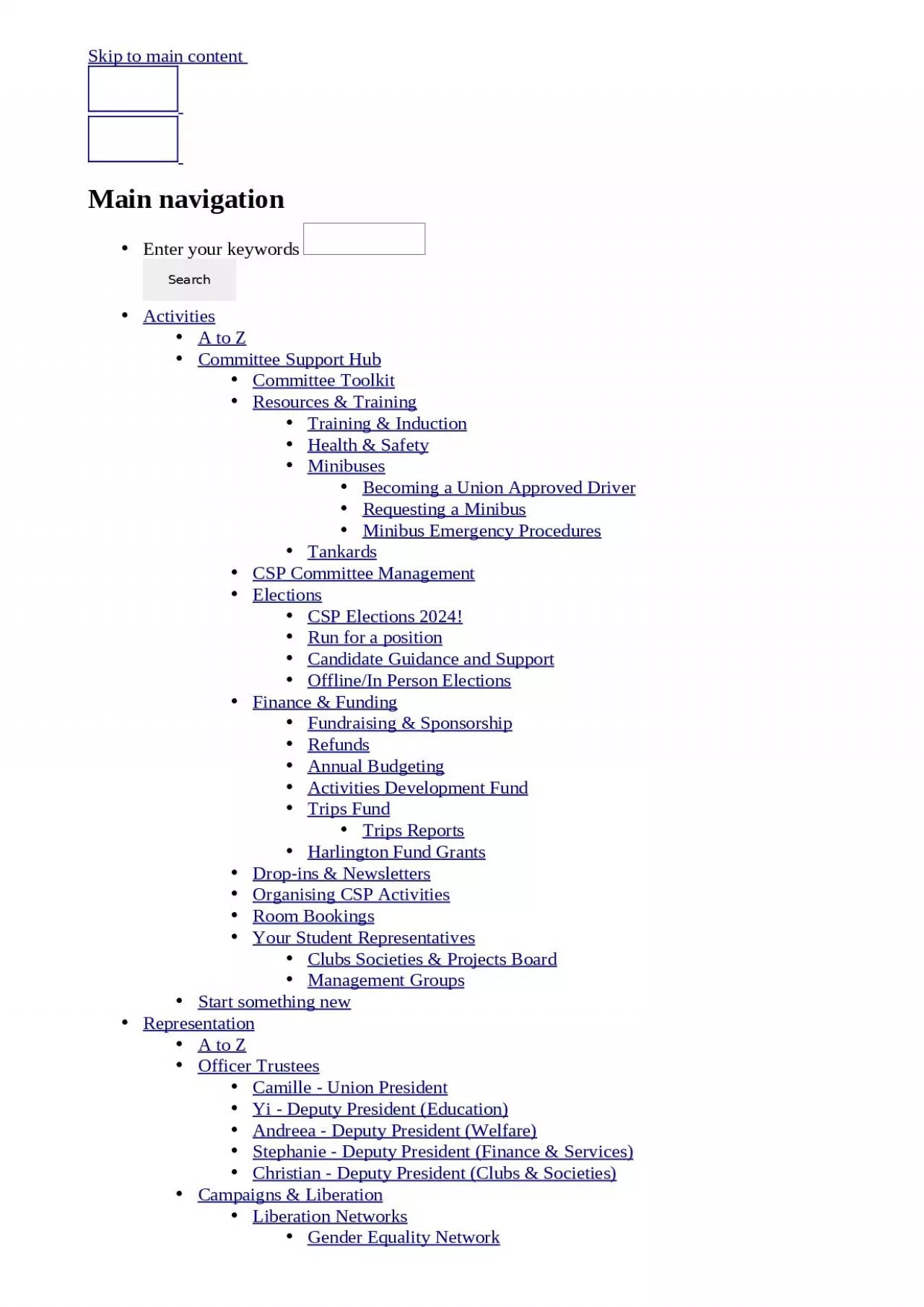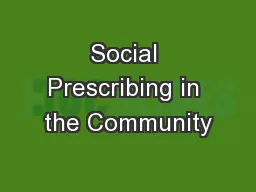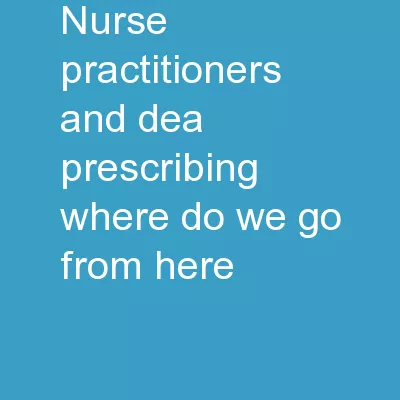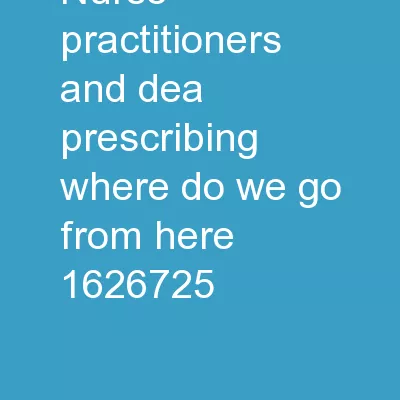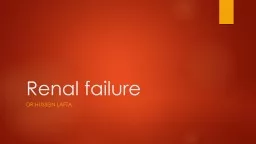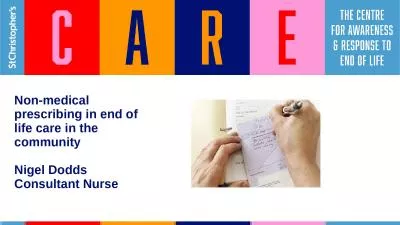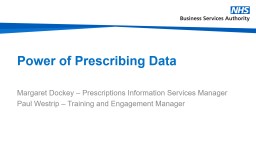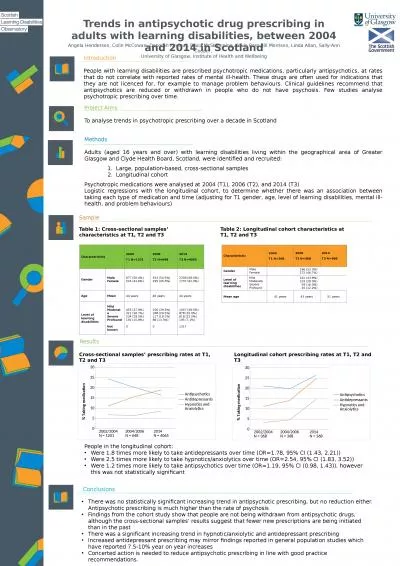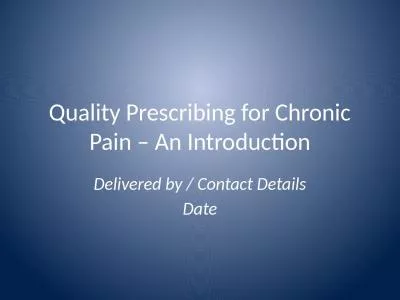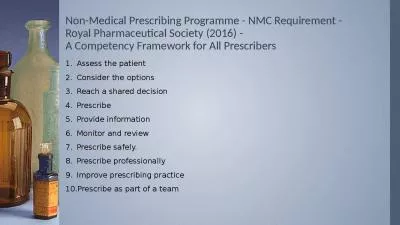PPT-Prescribing Tutorial Hussein Elghazaly
Author : mia | Published Date : 2023-07-28
He315icacuk Outline Prescribing in the OSCEs Anatomy of the Drug Chart Using the BNF Prescribing Medications Prescribing IV Fluids Outline Prescribing in the OSCEs
Presentation Embed Code
Download Presentation
Download Presentation The PPT/PDF document "Prescribing Tutorial Hussein Elghazaly" is the property of its rightful owner. Permission is granted to download and print the materials on this website for personal, non-commercial use only, and to display it on your personal computer provided you do not modify the materials and that you retain all copyright notices contained in the materials. By downloading content from our website, you accept the terms of this agreement.
Prescribing Tutorial Hussein Elghazaly: Transcript
Download Rules Of Document
"Prescribing Tutorial Hussein Elghazaly"The content belongs to its owner. You may download and print it for personal use, without modification, and keep all copyright notices. By downloading, you agree to these terms.
Related Documents

